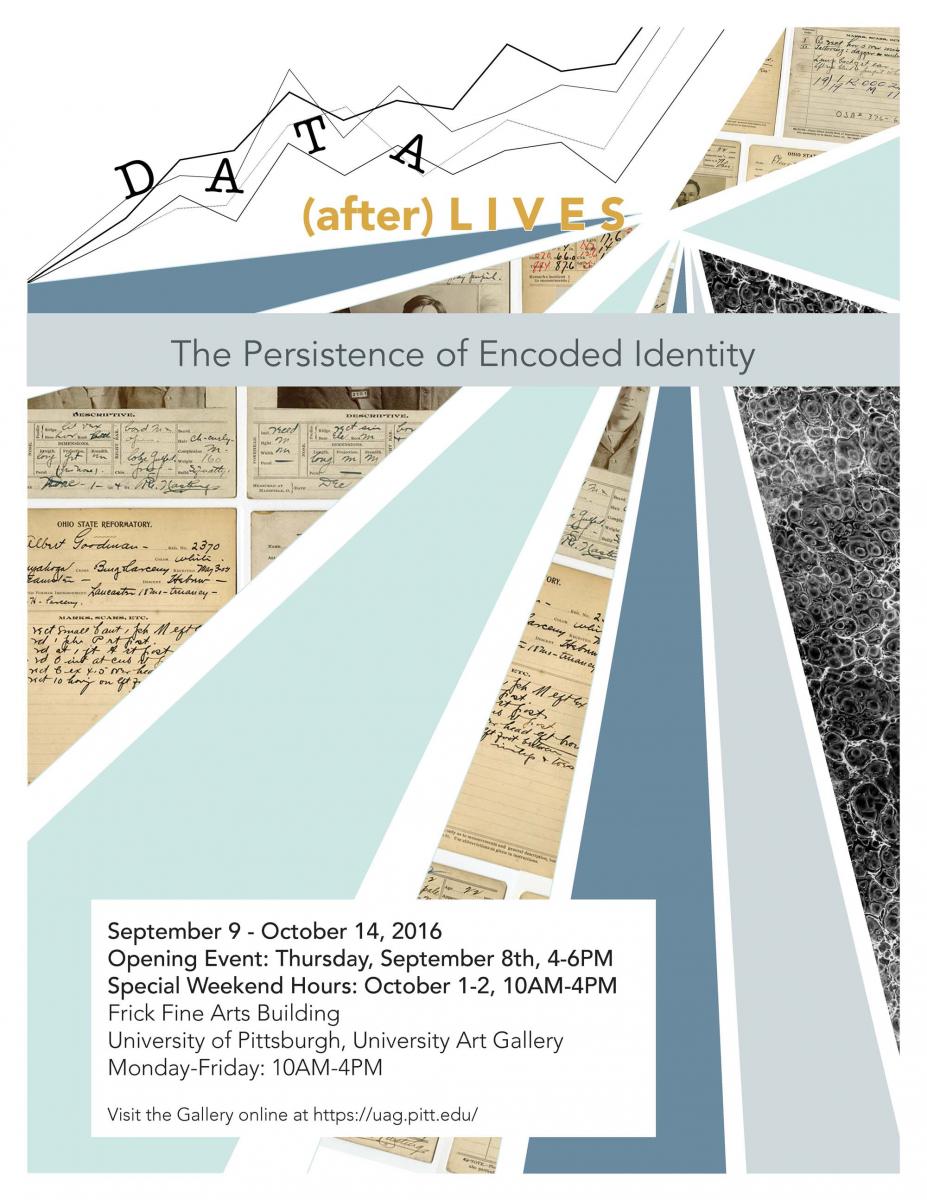Wednesday, September 7, 2016 - 12:00pm
202 Frick Fine Arts Building
“Decomposing Bodies to Data (after)Lives: Expanding Modes ofAcademic Research”
Alison Langmead, Aisling Quigley, and Chelsea Gunn
In the autumn of 2014, Alphonse Bertillon (1853-1914) comprised a tiny portion of the Visual Media Workshop’s research agenda. Less than a year later, our investigations into the Bertillon System of criminal identification, now called Decomposing Bodies, had mushroomed into a full-time project, requiring the attention of faculty, graduate and undergraduate students, as well as a number of archivists at the Ohio History Connection (OHC).
In the past twelve months, our data has been made more legible and visible. We have transcribed over 2,500 cards on Omeka, an open-source content management system, and exported data via XML. Although Decomposing Bodies has always been multi-faceted, provoking questions across disciplinary boundaries, recently more concrete opportunities for collaboration have arisen, including in the upcoming exhibition, Data (after)Lives, which features work and contributions from the Center for PostNatural History, the Ohio History Connection, the Pittsburgh Supercomputing Center, and our own faculty and graduate students. This colloquium will share our experiences in this collaboration and will also provide an overview of the themes of Data (after)Lives.

